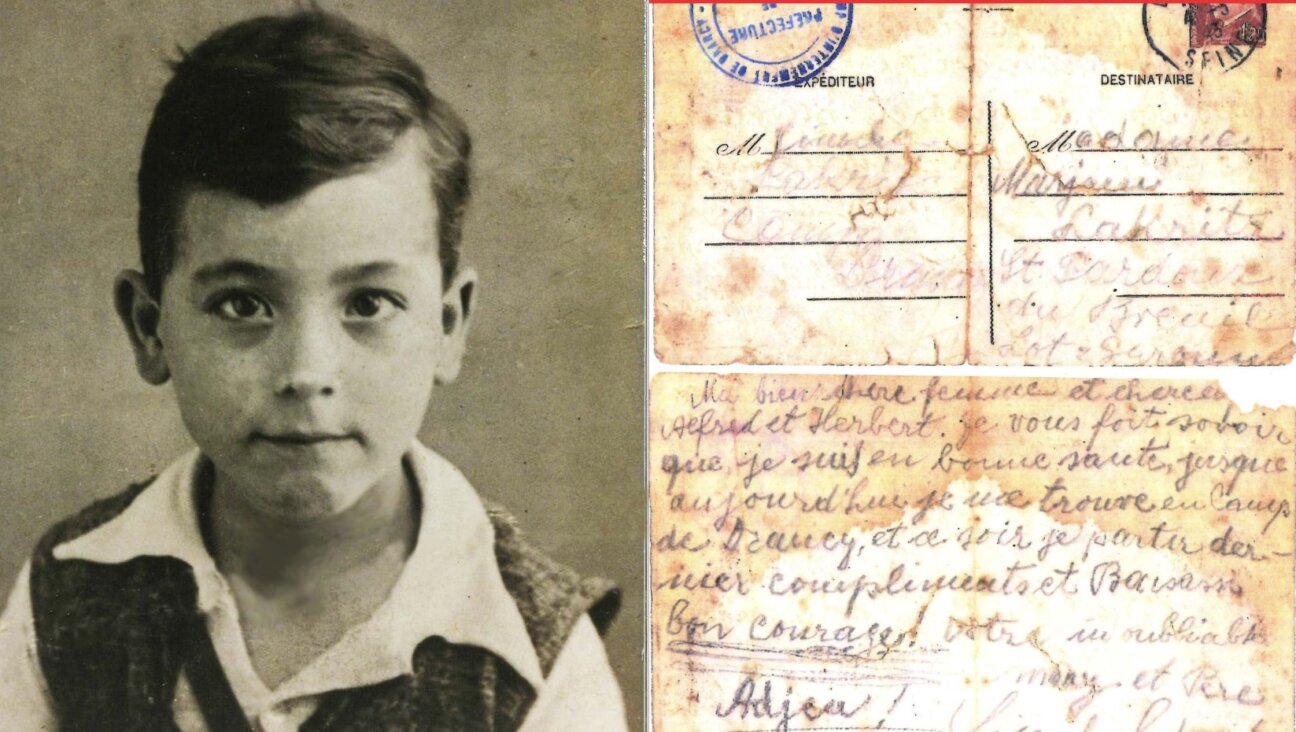My Dad and the Garment Business

“Dressing America,” which debuts September 2 on WNET, is a nostalgic look back at the largely Jewish history of the New York City garment business, replete with interviews of mostly old Jews fondly recalling a bygone era.
Some of those interviewed head well-known fashion brands including Perry Ellis, Nicole Miller and Leslie Fay. (Notably, though they are mentioned, there’s no Donna Karen or Ralph Lauren.) We meet present and former executives of smaller firms, as well as the button, bias and trimming manufacturers that used to dominate the area.
It’s a documentary likely to evoke sentimental reminiscence from viewers old enough to have worked in the garment center, or perhaps their children.
One anecdote from the film is told by a salesman for a start-up. Early on at his company he got a sizable commitment a prominent retailer. The store’s owner insisted on giving the salesman a check immediately — not 30 days after delivery. “He knew how desperately I needed the money,” the salesman recalls.
Can you imagine such a thing happening today? That level of generosity has vanished, as has much of the garment industry in New York. By concentrating on the headquarters — the sales rooms and design centers — the filmmakers leave the false impression that the garment industry still exists. While there is still a segment of the business in Manhattan, it’s not the same industry the filmmakers memorialize.
There’s a statue on Seventh Avenue — the center of the industry — of an old tailor. He was the garment business, as much if not more so than the sales rooms and designers. At one point, about 95% of the clothing Americans wore was manufactured within a few blocks of that old tailor. Now it’s difficult to find a manufacturer this side of Bangladesh.
The garment industry “Dressing America” commemorates used to be a stepping stone, a place where immigrants, refugees like my father, a survivor, found a step up into the middle class.
My dad worked as a cutter for Juniorite, a now-defunct company that was a pretty big deal in its time. I couldn’t help thinking of him throughout the show — his early morning exits, his late evening returns, the second jobs he needed to take on despite the best efforts of David Dubinsky and the International Ladies’ Garment Workers Union.
But second- and third-generation owners of family companies sold out to larger corporations wherever increasing profits became the be-all and end-all. Juniorite moved from the garment center to New Jersey and then into the South out of the reach of the ILGWU. Before long, the union’s sing-song commercials — “Look for the union label” — became moot.
“Dressing America” is fine for what it is, but it could have been so much more. Anyone interested in that history might want to watch Mark Levin’s “Schmatta: Rags to Riches to Rags,” which gives a far more comprehensive view of the business.
A message from our Publisher & CEO Rachel Fishman Feddersen

I hope you appreciated this article. Before you go, I’d like to ask you to please support the Forward’s award-winning, nonprofit journalism so that we can be prepared for whatever news 2025 brings.
At a time when other newsrooms are closing or cutting back, the Forward has removed its paywall and invested additional resources to report on the ground from Israel and around the U.S. on the impact of the war, rising antisemitism and polarized discourse.
Readers like you make it all possible. Support our work by becoming a Forward Member and connect with our journalism and your community.
— Rachel Fishman Feddersen, Publisher and CEO






















